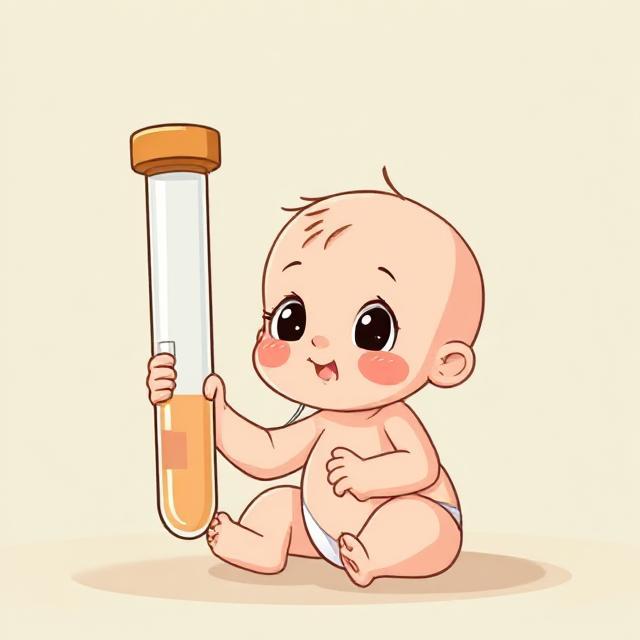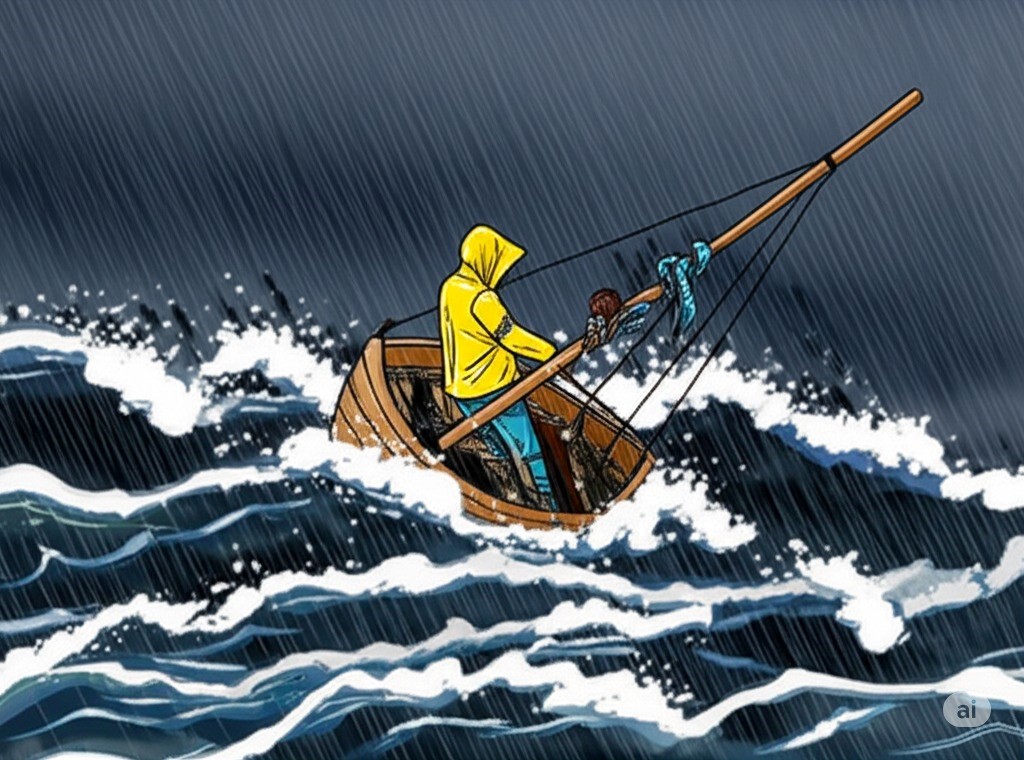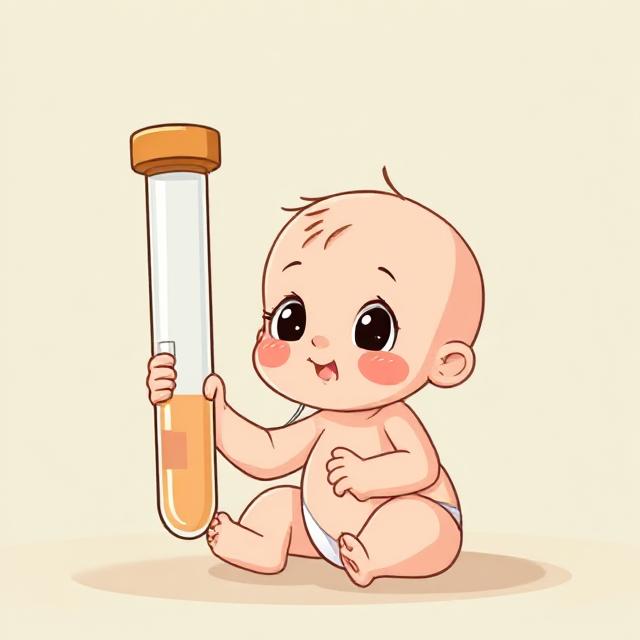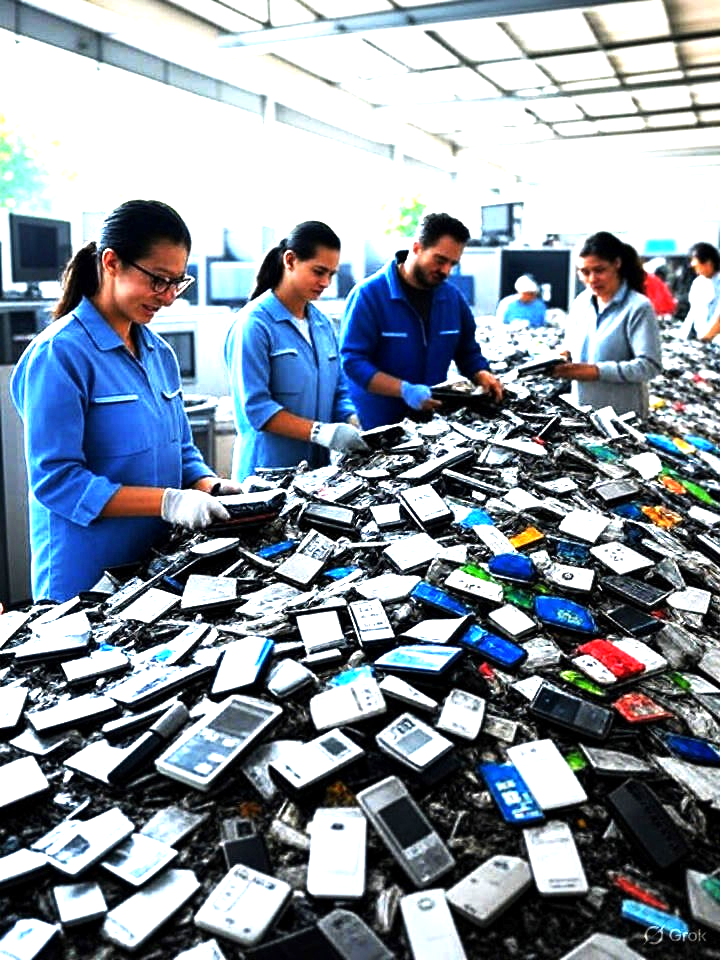Thoughts on Reading Maung Swan Yi’s Poem on Test Tube Baby
Posted_Date
Image

Body
Brief bio-data of poet Maung Swan Yi
The poet Maung Swan Yi (real name U Win Pe) was born on 17 February 1937 near a village in the town of Myingyan in what was then upper (British or colonial) Burma. He attended the University of Mandalay in the late 1950s and 1960s. Since his early University days, he had published his poems in various magazines and newspapers. He had also worked in various departments in Burma/Myanmar as editor, writer and one of the drafters of the curriculum, mainly for Burmese language texts for high school students.
In a collection of most of his poems, which he had published from the late 1950s to about 2010, Maung Swan Yi modestly or unassumingly wrote that he had not been ‘that much of a prolific poet’. That was written in his Foreword to his collection of poems published in August 2017. His foreword was dated 29 June 2017. The 2017 collection contains 342 poems. Yours truly has translated perhaps about 16 of his poems into English.
The poet Maung Swan Yi is of leftist persuasion politically. One can say that he was at least in the 1960s and early 1970s a ‘militant leftist’. In the mid to late 1960s Vietnam War was raging. Maung Swan Yi took a very anti-imperialist and (in the context of that particular period) anti-American political stance. On 22 December 1966, he wrote a poem titled ‘Want to commit murder’. It was an anti-Vietnam War poem. A few phrases in the poem read in my translation, ‘I want to have a million hands where I hold a million guns … a million guns yeah, therefore a million bullets’. I refrain or forbear from translating the full poem. The poem is reproduced on page 206 of the 2017 collection of poems.
The anti-imperialist and erstwhile anti-American Maung Swan Yi ‘migrated’ to the United States in 2002. For about 23 years, he has been living in an apartment in New York City. This is the brief biodata of the now 88-year-old poet. I recently spoke on the phone with him. He is now very hard of hearing. A visitor to his apartment had to ‘translate’ my conversations to him. But from what the visitor and others based in New York told me, he is quite prolific and resilient. I was told that he tried to write in long-hand poems or essays almost every day in his apartment in New York.
One of the poems that Maung Swan Yi composed on 8 November 1969 reads in my translation:
New Year Wish for the Scientific Age
By Maung Swan Yi
Translated by Myint Zan
with advances in biology and biochemistry
using scientific methods
‘artificial’ life is created
from inside the test tube:
a human has ‘descended’
viola!
may the human
born out of a test tube
have compassion and metta (Pali- loving kindness)
for the human
worldlings born out
of the of the breast of the creator, dispenser of loving-kindness
Poem composed on 8 November 1969
Translated on 19 June 2025
Maung Swan Yi composed this poem in November 1969. Eight years and eight months after Maung Swan Yi composed the poem, the world’s first test tube baby, Louis Joy Brown, was born on 25 July 1978 through what is called in vitro fertilization in the United Kingdom. A quick web search indicates that there are currently about eight million humans who were born as ‘test tube babies’.
Maung Swan Yi used the phrase Phaya Thakin in his poem, which can be translated as ‘Creator or Deity’. The translator will express his view that, in context, the phrase indicates the ‘creator’ God of the Abrahamic religions. The poet Maung Swan Yi is a Buddhist. One ventures to suggest that the poet was taking poetic license when he used the above phrase, for the Buddhist doctrine is that humans, indeed all sentient beings, are not the ‘creation’ of the Deity as such. But it is fine for Maung Swan Yi to use his poetic imagination to compose this insightful poem. Did the poet envisage or ‘foresee’ the future of not only in vitro fertilisation, which took place eight-and-a-half years after he composed the poem?
From test tube babies to designer babies and a few ethical and legal issues
Both Maung Swan Yi’s poem and my translation do not define (in layperson’s terms) what a test tube baby is. One website defines
QUOTE
A test-tube baby is a term used to describe a ‘test tube fertilized’ embryo or fetus that is created outside of a woman’s body. Sperm and the egg are manipulated using a scientific process for successful fertilization.
UNQUOTE
That process albeit not that prevalent world-wide is no longer a rare phenomenon since that July day in 1978 when the pioneering medical doctors and scientists Patrick Steptoe (9 June 1913-21 March 1988) and Robert Edwards (27 September 1925-10 April 2013) enabled the birth, so to speak, the world’s first test tube baby Louis Joy Brown.
The term ‘designer babies’ has quite a different connotation from that of test tube babies. Another website defines designer babies also as
QUOTE
gene editing, which allows scientists to remove, add, or change genes to prevent or treat certain diseases. If successful, this could prevent the transmission of genetic diseases to future generations. In the future, parents may also be able to choose the genetic traits of their unborn baby.
UNQUOTE
The web article excerpted above was dated 7 February 2025 and was written by Rosalie Rung. She continues that though this method is to ‘stop the transmission of heritable diseases. experts don’t consider it safe or effective for widespread use’. Hence, it may not necessarily be a ‘giant leap’ from ‘test tube babies to designer babies’, but it is neither a ‘small step’. Perhaps it may be stated that there are arguably more ethical, indeed legal issues to confront vis-à-vis designer babies than as regards ‘test tube babies’.
Surrogate motherhood?
When a surrogate mother uses either her own ovaries or the ovaries of another woman mixed with the intended father’s sperm to ‘carry’ the baby in her womb can generally be defined as ‘surrogate motherhood’. As early as 3 February 1988 in the case of ‘Baby M’ (a pseudonym) the New Jersey Supreme Court in the United States ruled that the provision of monies (10,000 US dollars) to the surrogate mother who used the sperm of the intended father and carried her pregnancy to term is illegal (under relevant United States law and statutes). Note that the decision by the New Jersey Supreme Court (citation 109 N J 398 1988) was made less than 10 years after the first test tube baby (not designer baby, not surrogate pregnancy) in July 1978. Hence, ethical and legal issues regarding designer babies and surrogate motherhood (as an offshoot of test tube babies?), which the poet Maung Swan Yi wrote about more than 55 years ago in November 1969, have come to the fore. And it took less than twenty years after Maung Swan Yi’s imaginatively wrote his poem.
(Non) Applicability in Myanmar?
Subject to correction with evidence, the procedure for in vitro fertilization (IVF) test tube babies is not available in Myanmar. I understand a few couples have visited Thailand to ‘obtain’ ‘test tube babies. Surrogate motherhood and designer babies do raise ethical and legal issues subject to restrictions, limitations and perhaps prohibitions in certain medically advanced countries. This article is a brief addendum to and commentary on Maung Swan Yi’s poem of November 1969, where he whimsically wrote about compassion and Metta (loving-kindness) among ordinary worldlings and test tube babies.
Dr Myint Zan is a retired Professor of Law. He has established a Myint Zan Prize in the Philosophy of Science in perpetuity for undergraduate philosophy students at one of his alma maters, The Australian National University. From 2018 to 2024, six undergraduate students have been awarded the Myint Zan prize in the Philosophy of Science.
GNLM






